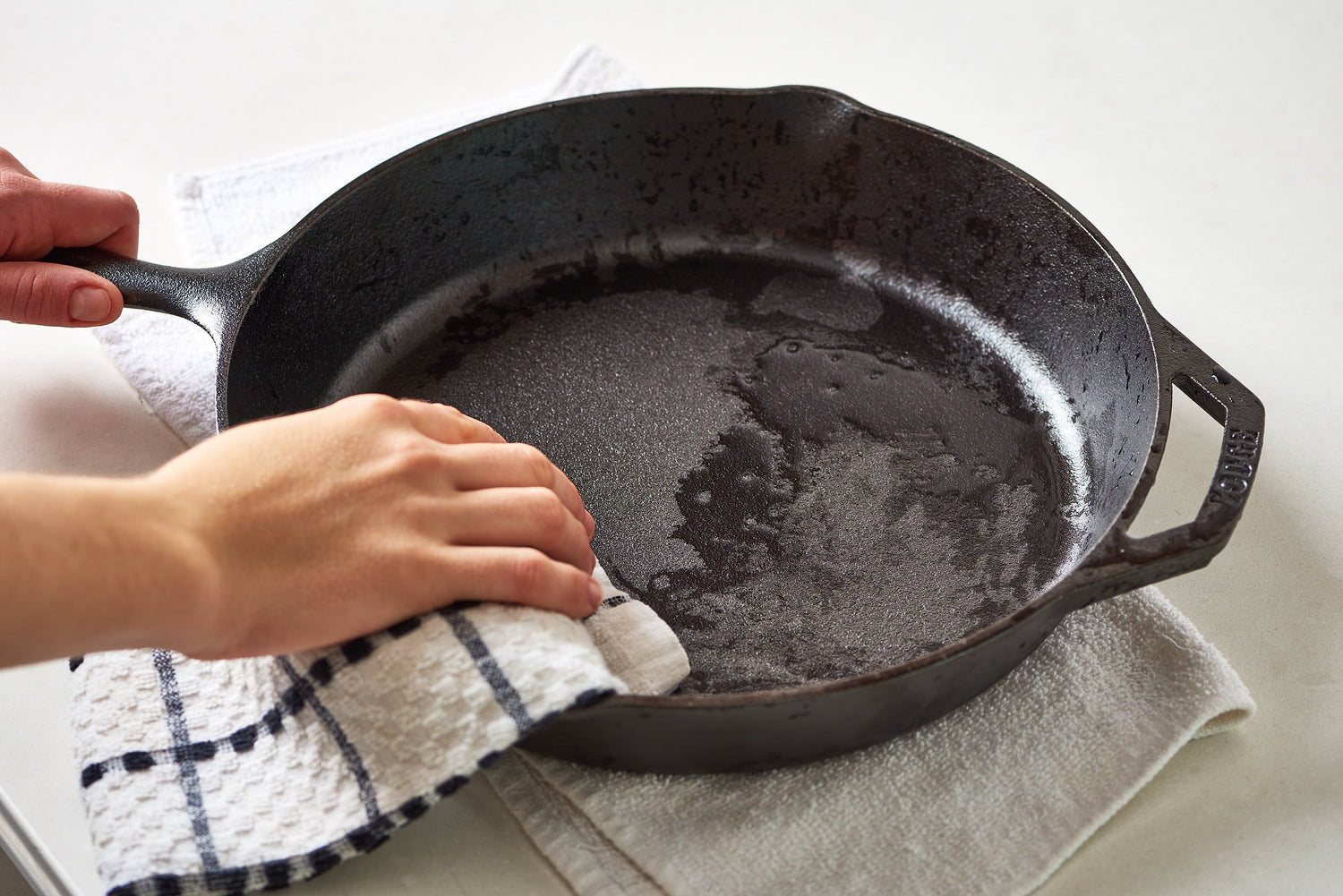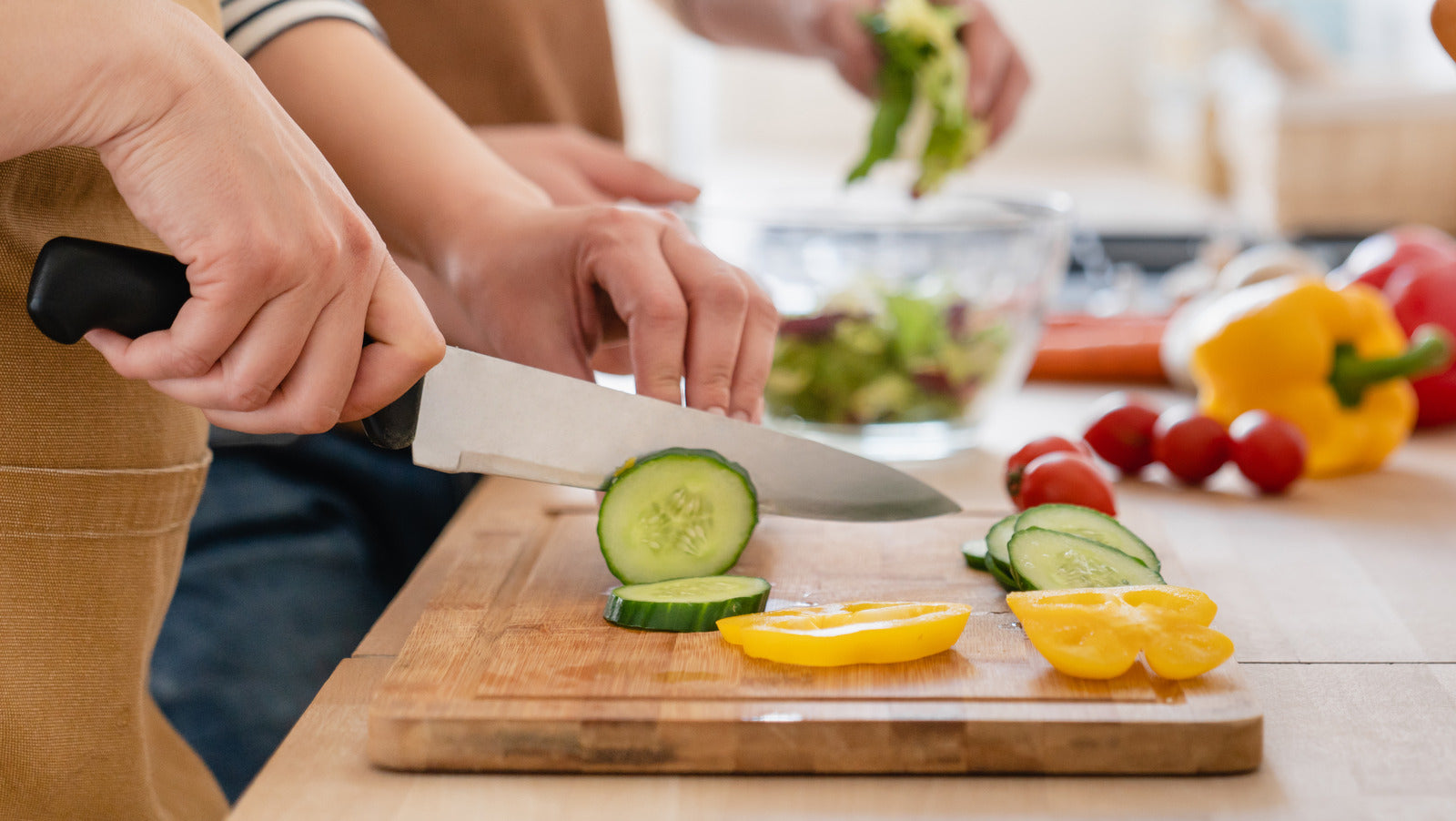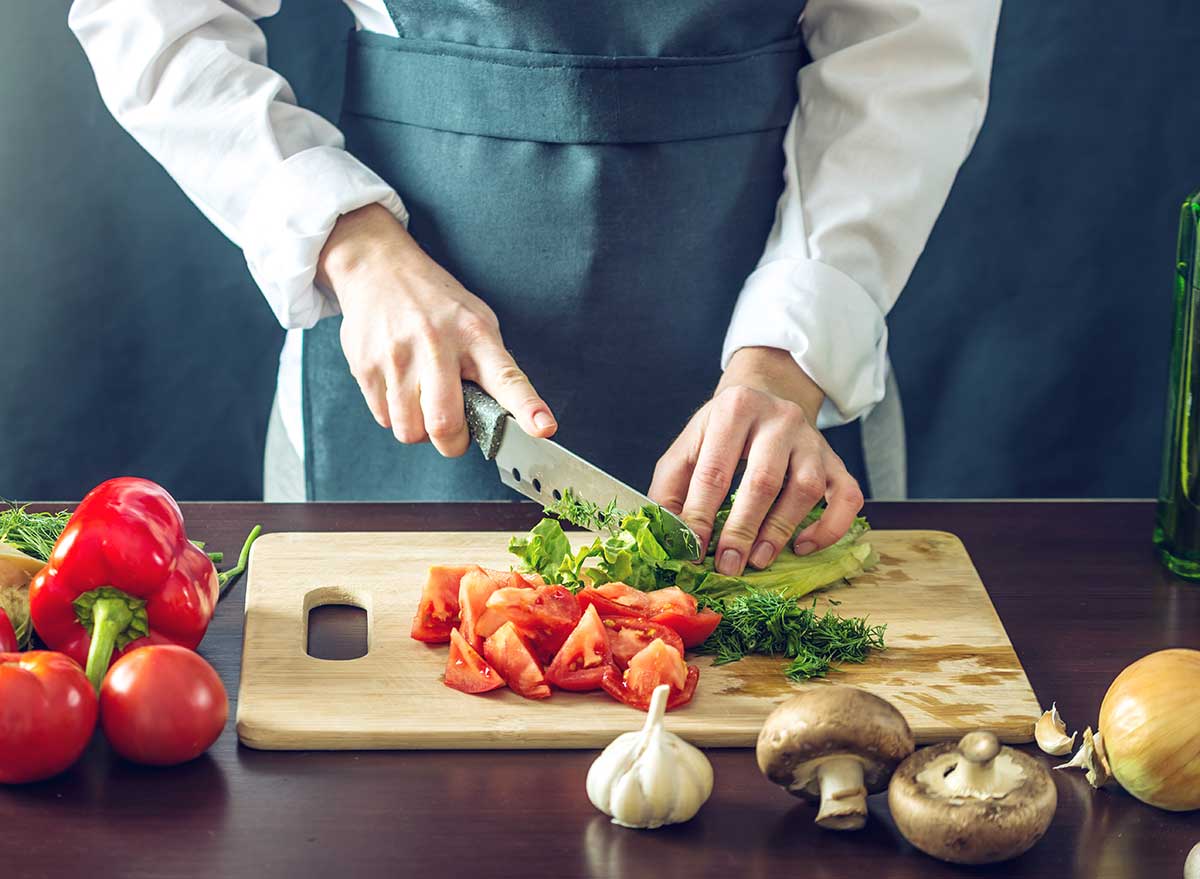When it comes to working with cast iron cookware, one question that often surfaces among kitchen professionals is, how many layers of seasoning cast iron should one apply? Proper seasoning is the key to making your cast iron cookware not only functional but also lasting. In this article, we're diving deep into the intricate details of cast iron seasoning to equip you with the knowledge you need to achieve the best cooking results.
The seasoning process creates a natural non-stick surface that enhances the flavor of dishes. However, achieving the right layers can be quite the art. Over the years, a substantial amount of kitchen lore surrounds this simple yet crucial process. In the following sections, we will explore the optimal number of layers, the science behind them, and practical tips to ensure your cast iron pieces shine.

The Importance of Proper Seasoning
First, lets understand why seasoning matters. Seasoning provides a protective layer that guards against rust, improves non-stick qualities, and enhances the taste of your food. Cast iron cookware is durable; however, without adequate seasoning, it can easily degrade over time.
What is Seasoning?
Seasoning involves applying a layer of fat or oil to the surface of your cast iron cookware and then heating it. This process changes the molecular structure of the fat into a plastic-like substance that binds to the iron, creating the ultimate cooking surface. The more layers you apply, the more robust the seasoning will become, but moderation is key.
How Many Layers Should You Apply?
The answer to how many layers of seasoning cast iron actually depends on a few factors including the type of oil used, the heat applied, and the condition of the cast iron skillet or pot. Generally, 3 to 5 layers is considered ideal.
Choosing the Right Oil
When it comes to the oil you use for seasoning, selecting the right type is crucial. Common choices are vegetable oil, linseed oil, and canola oil. These oils have high smoke points, making them suitable for seasoning your cast iron. Each application can serve to protect the iron and build a non-stick surface.
Tips for Applying Layers of Seasoning
To ensure the best results with your cast iron, consider the following tips:
- Clean the cast iron thoroughly before you start.
- Apply a thin layer of oil rather than a thick one.
- Heat the cookware upside down to avoid pooling of oil.
- Use a paper towel to wipe off any excess oil.
How to Season Your Cast Iron Cookware
The best method to season your cast iron cookware involves:
- Preheat your oven to 450F (232C).
- Clean your cast iron thoroughly. For tips on cleaning your cookware without removing seasoning, check out this link.
- Apply a layer of your chosen oil.
- Place the cast iron upside down on the top rack of the preheated oven.
- Bake for about an hour, then turn off the oven and let it cool.
Signs of Well-Seasoned Cast Iron
A well-seasoned cast iron skillet will have a smooth surface and a consistently dark color. If you find that the seasoning looks uneven or begins to flake, it might be time to remove the seasoning and start anew. For that, see how to strip seasoning from your cast iron.
Common Mistakes to Avoid
Some common pitfalls include:
- Over oiling your cast iron, which leads to a sticky surface.
- Skipping the cleaning step.
- Using inappropriate oils that can smoke or create undesirable flavors.
Frequently Asked Questions
1. How often should I season my cast iron?
It's recommended to season periodically depending on how often you use it. If you notice any signs of rust or dull appearance, thats a cue to re-season.
2. Can I use soap on my seasoned cast iron?
While it's best to avoid soap, a small amount can be used sparingly if needed. Make sure to re-season after washing with soap.
3. What should I do if my cast iron skillet is sticky?
If you experience stickiness, it indicates that you've applied too thick of a layer. To remedy this, refer to this resource for help.

Conclusion
The question of how many layers of seasoning cast iron is not just about the quantity but the quality and technique employed. With careful application and a mindful approach to the materials used, your cast iron cookware can become a cherished asset in your kitchen. Remember, it takes time and practice to perfect the art of seasoning!
As an Amazon Associate, I earn from qualifying purchases.






Leave a comment
This site is protected by hCaptcha and the hCaptcha Privacy Policy and Terms of Service apply.